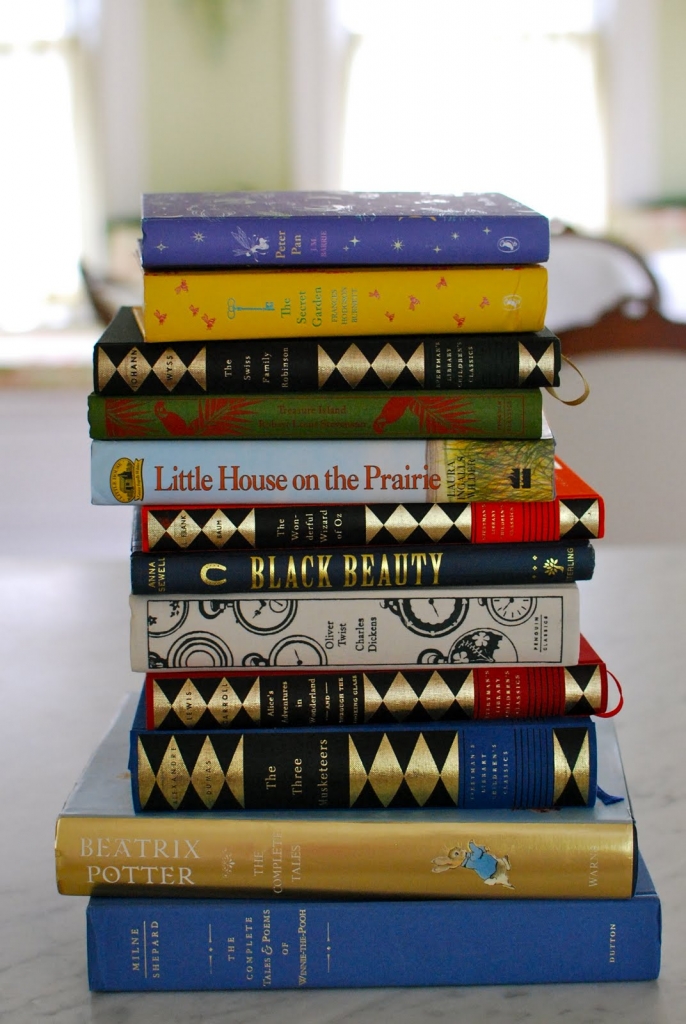If you attended high school in the United States after WWII – so baby boomers et seq. – you will probably recognize some, most, or perhaps all on the following list as books assigned for you to read in English or American Literature classes:
To Kill a Mockingbird; Lord of the Flies, The Great Gatsby; Catcher in the Rye; Old Man and the Sea; Of Mice and Men; probably one of the dystopias: 1984, Brave New World or Fahrenheit 451; perhaps a Gothic romance such as Jane Eyre or Wuthering Heights, and, perhaps a Shakespeare play such as Romeo and Juliette, Hamlet or MacBeth. Add one more book, and the reading list totals to ten books, in four years of high school.
Some may protest that they were also assigned a Jane Austen book, maybe Emma or Pride and Prejudice, or Twain’s Huckleberry Finn, perhaps also Frankenstein or A Tale of Two Cities. Fair enough, those lucky readers may have reached 15 books during the four years of High School, but they are the exceptions, and not by much.
Looking back, the American high school reading list was a very thin soup – on average one to two per semester of interesting but largely mediocre books (certainly not great, with the exception of the Shakespeare, Austen and Twain selections, if those were included). What a pity, and what a tremendous waste of time and educational opportunity. As Mortimer Adler noted: “The tremendous waste of time in the American educational system must result in part from the fact that there is so much time to waste.”

One alternative to the list above is that proposed in the “Common Core” curriculum. Students in the Common Core will be reading less literature, and more “non-fiction” or “informational texts” such as bland, politically biased government EPA and FDA brochures or Federal Reserve System handouts that defend their policies – in other words propaganda. The Introduction to the Common Core English Standards presents a chart that shows that children in grade 4 will be reading 50% “informational” texts vs. literary texts. By grade 8 they will be reading 55% “information texts”; and by grade 12, 70% “informational texts” and only 30% literature. Just what is needed – not more, but less literature! Long before the Common Core was even a dull twinkle in the eyes of Washington bureaucrats, Robert M. Hutchin’s (the first Editor in Chief of Britannica’s Great Books of the Western World) criticized the thin soup American high school students read, by means of which, he said, they “will have escaped illiteracy without ever achieving true mental cultivation.” What would he say of a high school literature list reduced a further 70%, in favor of government bulletins and fact sheets.
Instead, should we not select the very best books for high school students to read – the most excellent books, the greatest classics, by any measure, as determined by generations of readers, including our civilization’s great sages, scholars and even saints? That is precisely what great books programs are doing, in nearly 100 colleges and universities, in courses ranging from three to six credits on up to four-year college programs. But college great books programs come four years too late for most. That is why we have a four-year, great books high school program beginning as early as 9th grade, assigning one book per week (with exceptions for difficult books), 15 per semester – a total of 120 over four years. That is a wonderful start on “true mental cultivation.”


